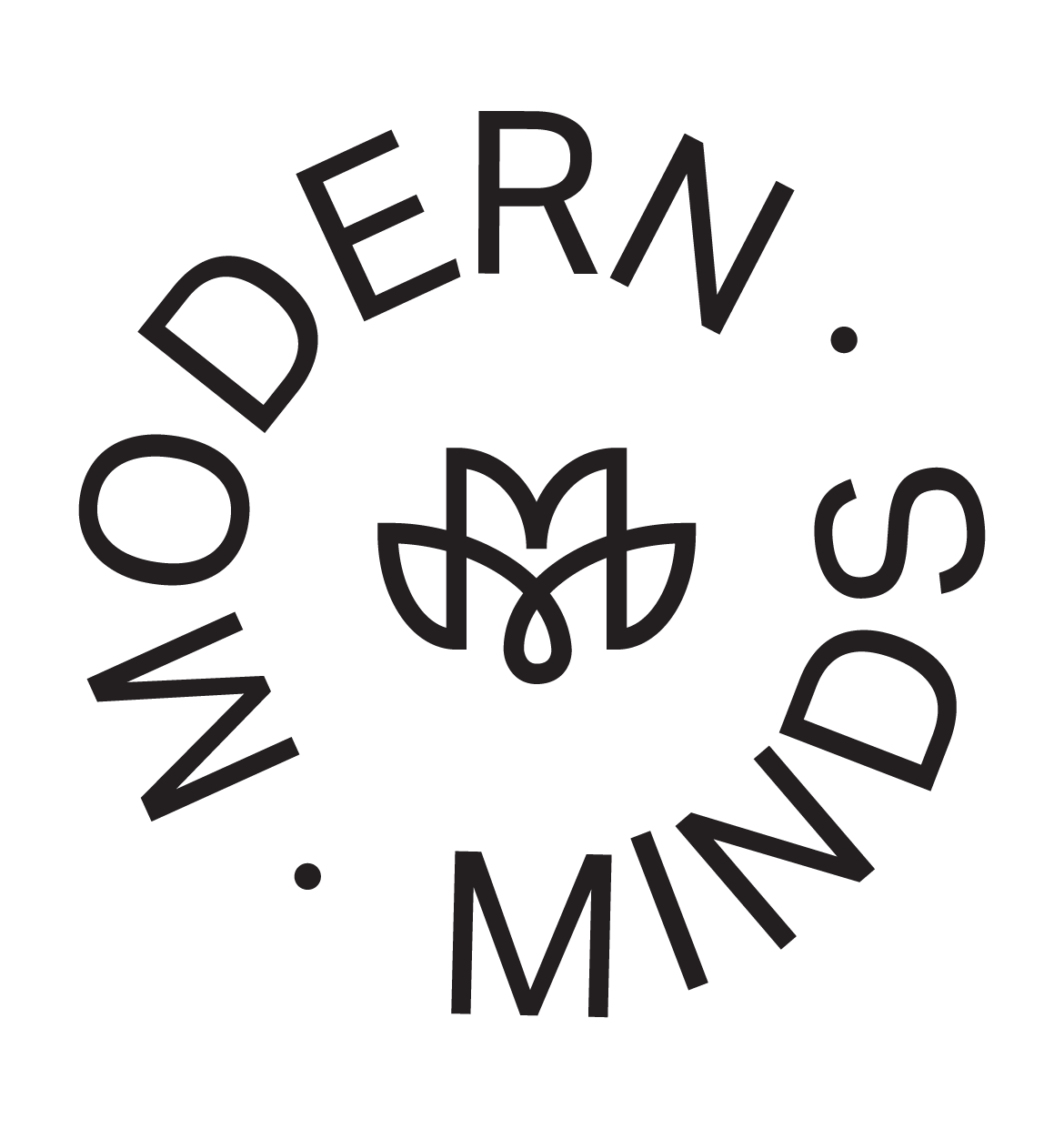Distress tolerance skills: Learning how to calm myself when things feel out of control
How to use ‘TIPP’ to reduce distress, aid emotional regulation and soothe the nervous system.
WHY IS THIS IMPORTANT?
Learning how to use tools to regulate emotions helps to soothe our nervous system, ease anxiety and allow us to feel back in control of our bodies. Having a skills ‘toolbox’ gives us a sense of control when experiencing feelings of distress and anxiety.
TIPP is one of my favourite tools and I continue to use aspects of this myself on a regular basis. TIPP is an acronym for TEMPERATURE, INTENSE EXERCISE, PACED BREATHING & PAIRED MUSCLE RELAXATION. This explains different tools to reduce the physical and psychology symptoms of anxiety, panic attacks and emotional dysregulation. The aim is use these skills to ground ourselves when we feel out of control. TIPP is a technique taught in Dialectical Behaviour Therapy (DBT). TIPP skills are what DBT recommends to survive a crisis and are to be used when you need them. Read more about each skill below:
THE SKILLS - TIPP
Temperature. Use things around your change the temperature of your body. Examples: Splash cold water on your face, Hold an ice cube in the palm of your hand or to your chest, Let the car Air Conditioner blow on your face, Take a cold shower, Have a cold/icy drink.
Intense Movement or Exercise. Do intense exercise or body movement to match your intense emotions. Examples: Sprint to the end of the street, Star jumps, Do push ups, Shake your limbs.
Paced Breathing. Breathing exercises help to regulate our nervous system. Example: Box Breathing (inhale 4 seconds, exhale 4 seconds, inhale 4 seconds, exhale 4 seconds, repeat)
Paired Muscle Relaxation. This tool is used by tightening and relaxing muscles to encourage relaxation. Starting at your feet, squeeze the muscles and hold them tight for 5 seconds, then release and relax. Repeat this by slowing adding muscle groups moving up your body. Finish after you are squeezed your muscles and held your muscles over your whole body for 5 seconds. Release, relax and breathe deeply.
HOW DOES THIS WORK?
Using TIPP helps to regulate when feeling intense emotions or dysregulation. For example: anxiety, panic dissociation and anger. Using these skills works to ground you and bring your brain back to feeling ‘safe’ by reducing psychological and physiological symptoms of distress. It is important to note using these skills takes practice and rehearsal to master. More than one skills can be used to aid the regulation.
Having experience in using these skills can help you feel in control of your body and emotional responses; try them all will inform you what works and help with to building your own toolbox for crisis situations when you feel out of control.
Adapted from Linehan, M., M., (2014). DBT Training Manual. New York, NY: The Guilford Press.
